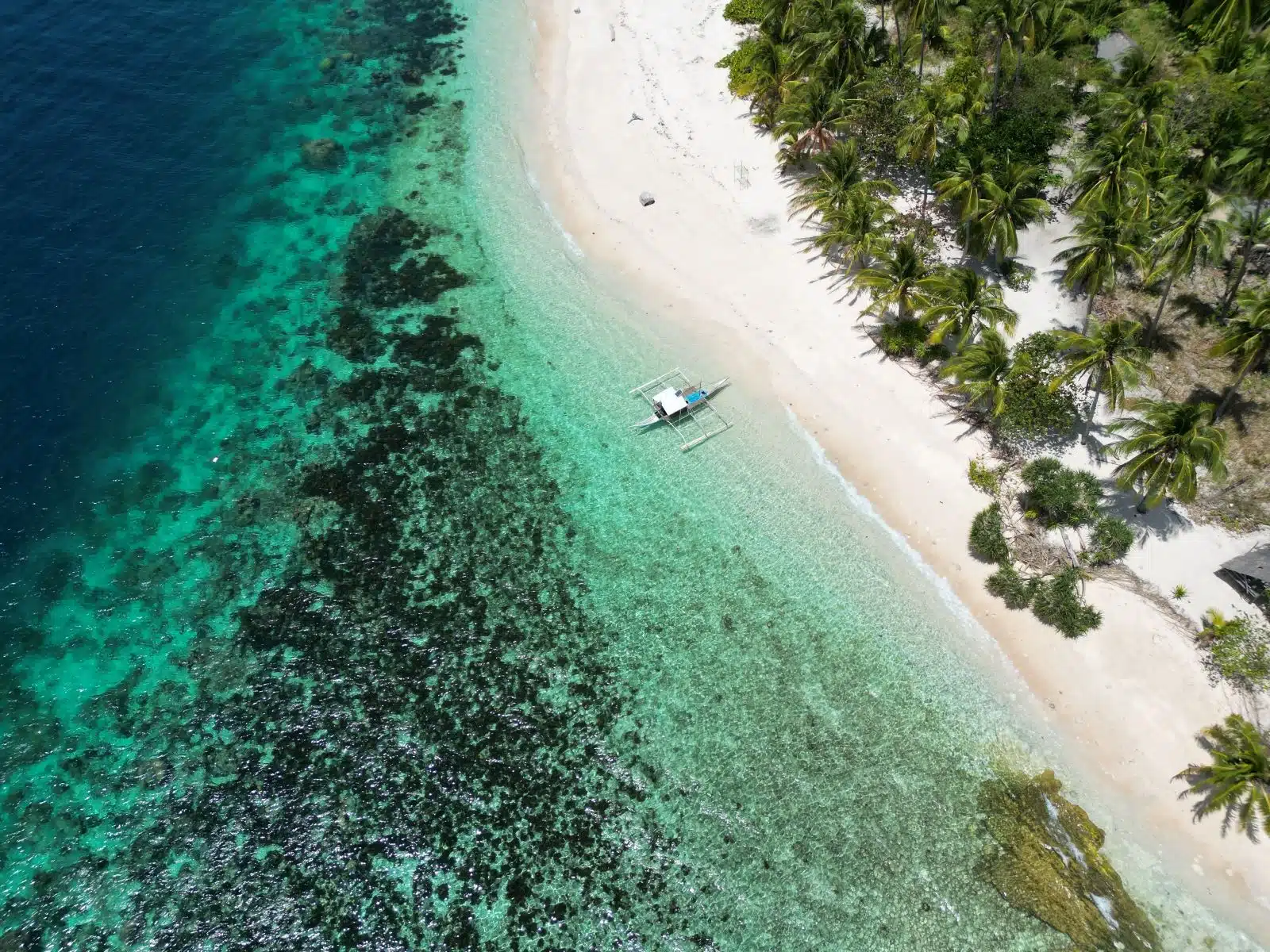The Philippines, a sprawling archipelago in Southeast Asia, offers an adventure for every traveler, from serene beaches and crystal-clear waters to rugged landscapes and rich cultural experiences. With over 7,600 islands, each destination provides its unique magic, making island hopping an essential experience for anyone seeking to uncover the full breadth of natural beauty and cultural diversity this country offers. This guide aims to offer you an insider’s perspective, equipping you with the knowledge to navigate these waters like a local, uncover hidden gems, and make the most of your journey through paradise.
1. Palawan
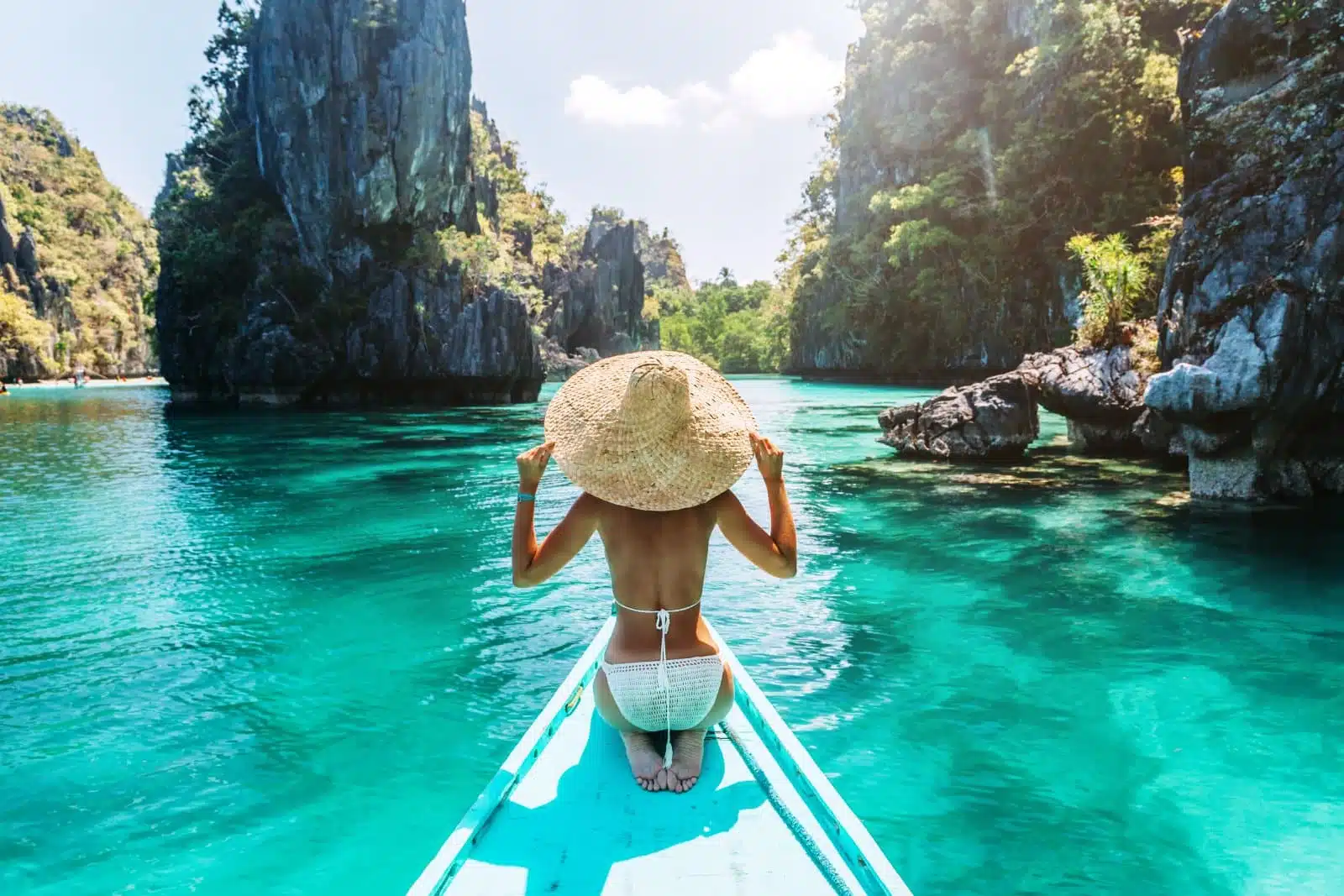
Image Credit: Shutterstock / Alena Ozerova
Palawan, often dubbed “The Last Frontier,” is renowned for its untouched natural beauty, stretching from the stunning limestone cliffs of El Nido to the crystal-clear waters of Coron. This island serves as a sanctuary for diverse marine and terrestrial wildlife and hosts some of the most picturesque landscapes in the Philippines. Its crown jewel, the Underground River in Puerto Princesa, is a UNESCO World Heritage Site and one of the New 7 Wonders of Nature, offering an extraordinary experience as you navigate through its majestic cave systems.
Insider’s Tip: Venture beyond the well-trodden paths of El Nido and Coron to discover the island’s hidden beaches and secret lagoons. Hiring a local guide can lead you to breathtaking spots away from the crowds, such as the lesser-known beaches of San Vicente or the enchanting Cuyo Islands.
When to Travel: The ideal time to visit Palawan is during the dry season, from October to May, when the skies are clear, and the seas are calm, making it perfect for exploration and water activities.
How to Get There: Palawan is accessible via direct flights to Puerto Princesa, Coron, and El Nido from Manila. For a more scenic route, ferries also operate from various parts of the archipelago.
2. Boracay
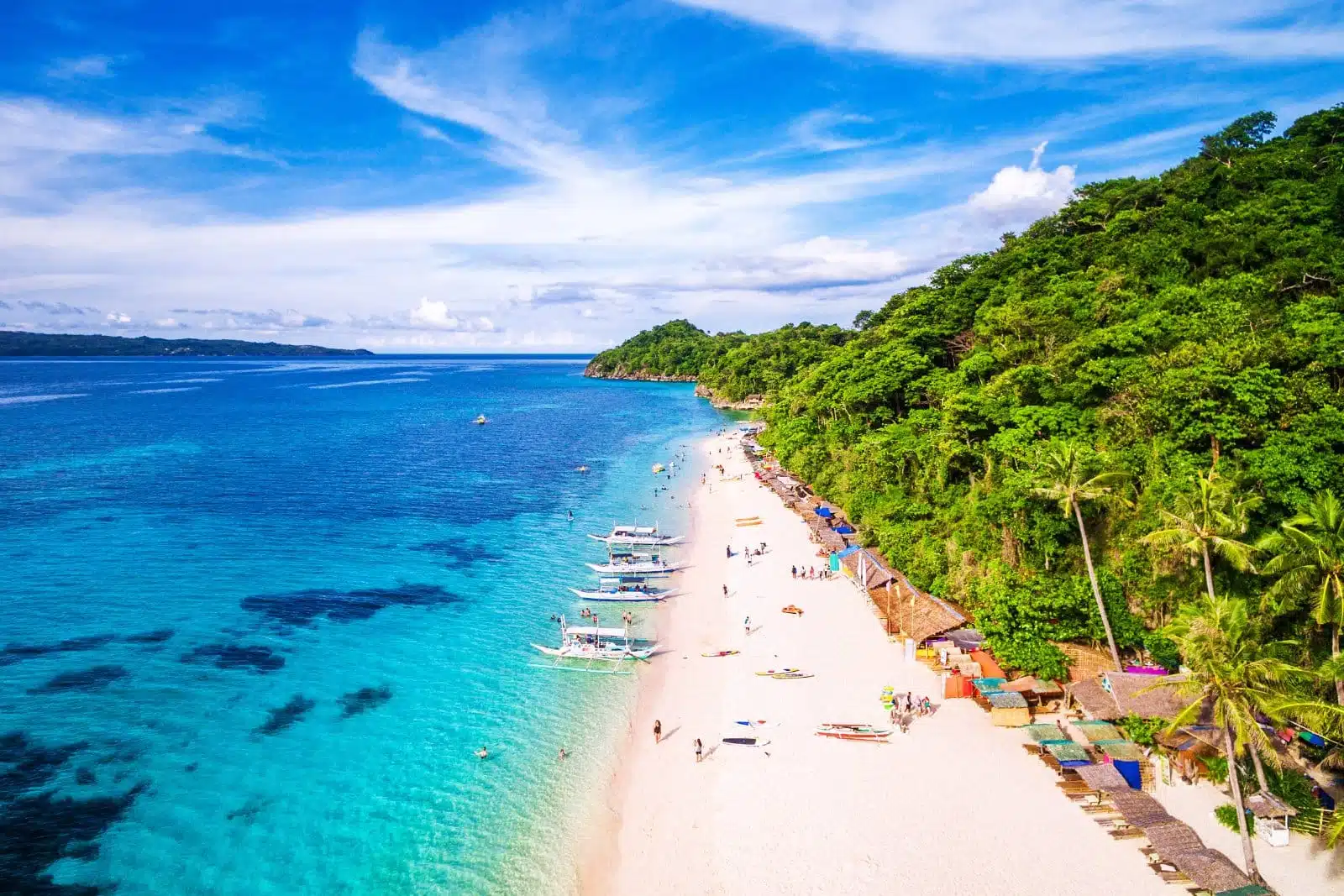
Image Credit: Shutterstock / R.M. Nunes
Boracay, a small island in the central Philippines, is famed for its stunning White Beach, vibrant nightlife, and a plethora of water sports. However, beyond its party reputation lies a tranquil side, with serene beaches like Diniwid and Puka Shell Beach, offering a more relaxed atmosphere. The island’s recent rehabilitation efforts have restored its natural beauty, making it a more sustainable destination for travelers.
Insider’s Tip: For an authentic Boracay experience, venture out for a sail on a traditional paraw at sunset. This unique activity offers a peaceful escape from the island’s bustling beachfront and a chance to see Boracay’s stunning landscapes in a new light.
When to Travel: The best time to visit Boracay is during the dry season, from November to May. Avoid peak seasons (Christmas, New Year, and Holy Week) when the island can get overcrowded.
How to Get There: Boracay is accessible via a short boat ride from Caticlan or Kalibo airports, with several domestic airlines offering direct flights from Manila and other major cities.
3. Siargao
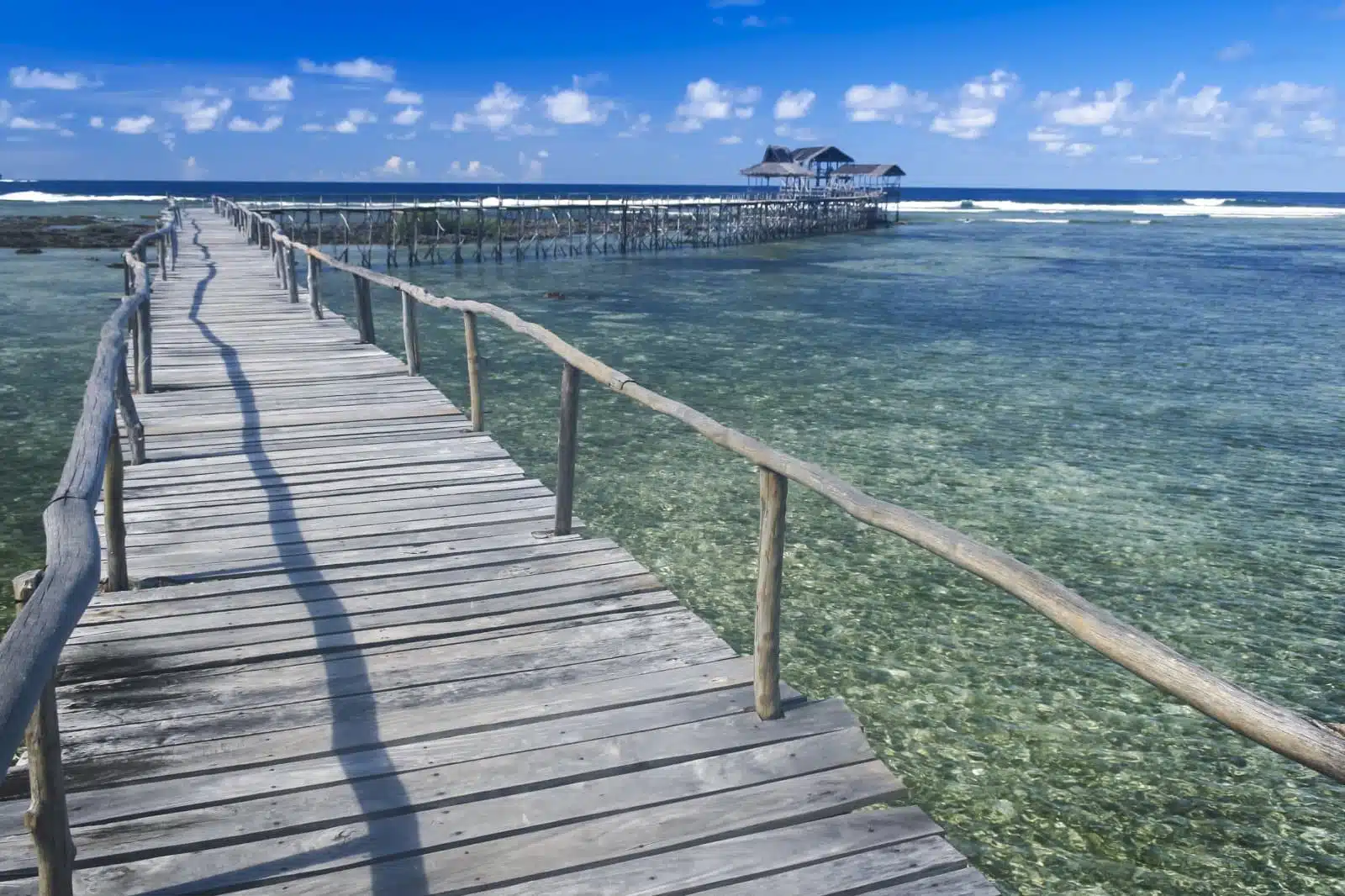
Image Credit: Shutterstock / donsimon
Siargao, located in the eastern Philippines, is a haven for surfers, with the famous Cloud 9 reef wave drawing enthusiasts from around the globe. Beyond its surf, Siargao offers a laid-back atmosphere, with stunning coconut palm-lined landscapes, clear tidal pools, and secluded white-sand beaches. The island also serves as a gateway to nearby islets, such as the enchanting lagoons of Sohoton Cove.
Insider’s Tip: Engage with the local surfing community to find the best spots and timing for waves, beyond the popular Cloud 9. Exploring the island on a motorbike allows you to discover its hidden corners, from secret beaches to local eateries offering fresh, island cuisine.
When to Travel: The peak surfing season in Siargao runs from August to November. However, the island’s beauty can be enjoyed year-round, with the dry season from March to October offering sunny days ideal for island hopping and exploring.
How to Get There: Siargao is directly accessible by air from Manila, Cebu, and Clark, with daily flights available. Alternatively, ferries connect Siargao to Surigao City on the mainland, offering a scenic route to the island.
4. Cebu
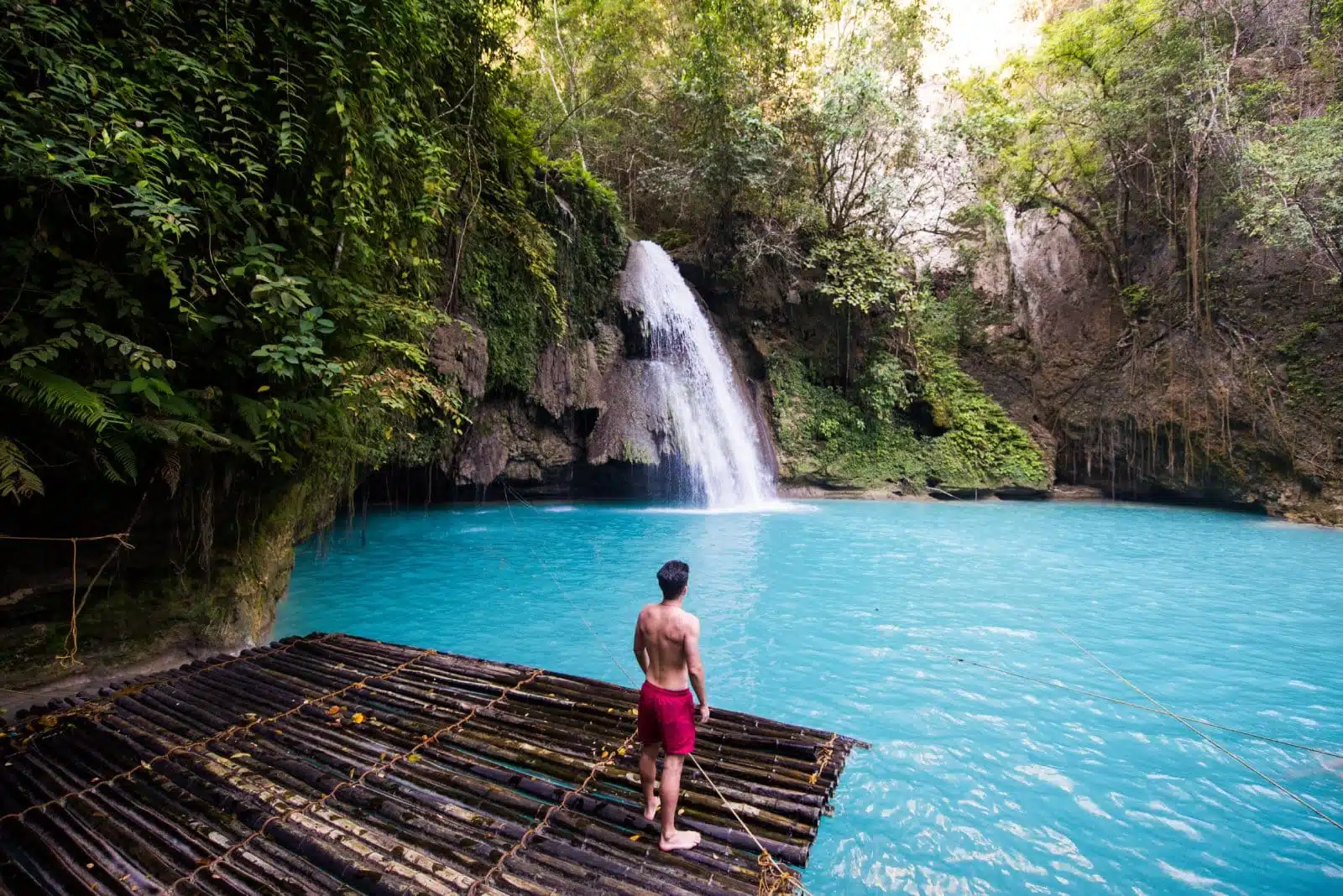
Image Credit: Shutterstock / oneinchpunch
Cebu, a significant cultural and economic hub in the Philippines, is not just a city but an entire province comprising over 150 islands and islets. It’s renowned for its historical landmarks, such as Magellan’s Cross and the Basilica Minore del Santo Niño, which reflect its colonial past. Beyond its rich history, Cebu boasts spectacular natural wonders, from the sardine run in Moalboal to the breathtaking Kawasan Falls and the white sand beaches of Malapascua and Bantayan islands.
Insider’s Tip: Dive into the local culinary scene to taste authentic Cebuano dishes, such as lechon (roasted pig), considered the best in the country. Also, consider a side trip to Oslob to swim with whale sharks, but opt for eco-friendly tour operators to protect these gentle giants.
When to Travel: The best time to visit Cebu is between December and May, when the weather is dry and sunny, ideal for beach hopping and outdoor activities.
How to Get There: Cebu is easily accessible by air, with the Mactan-Cebu International Airport serving as a major hub for domestic and international flights. Ferries and fast crafts also connect Cebu to neighboring islands and provinces.
5. Bohol
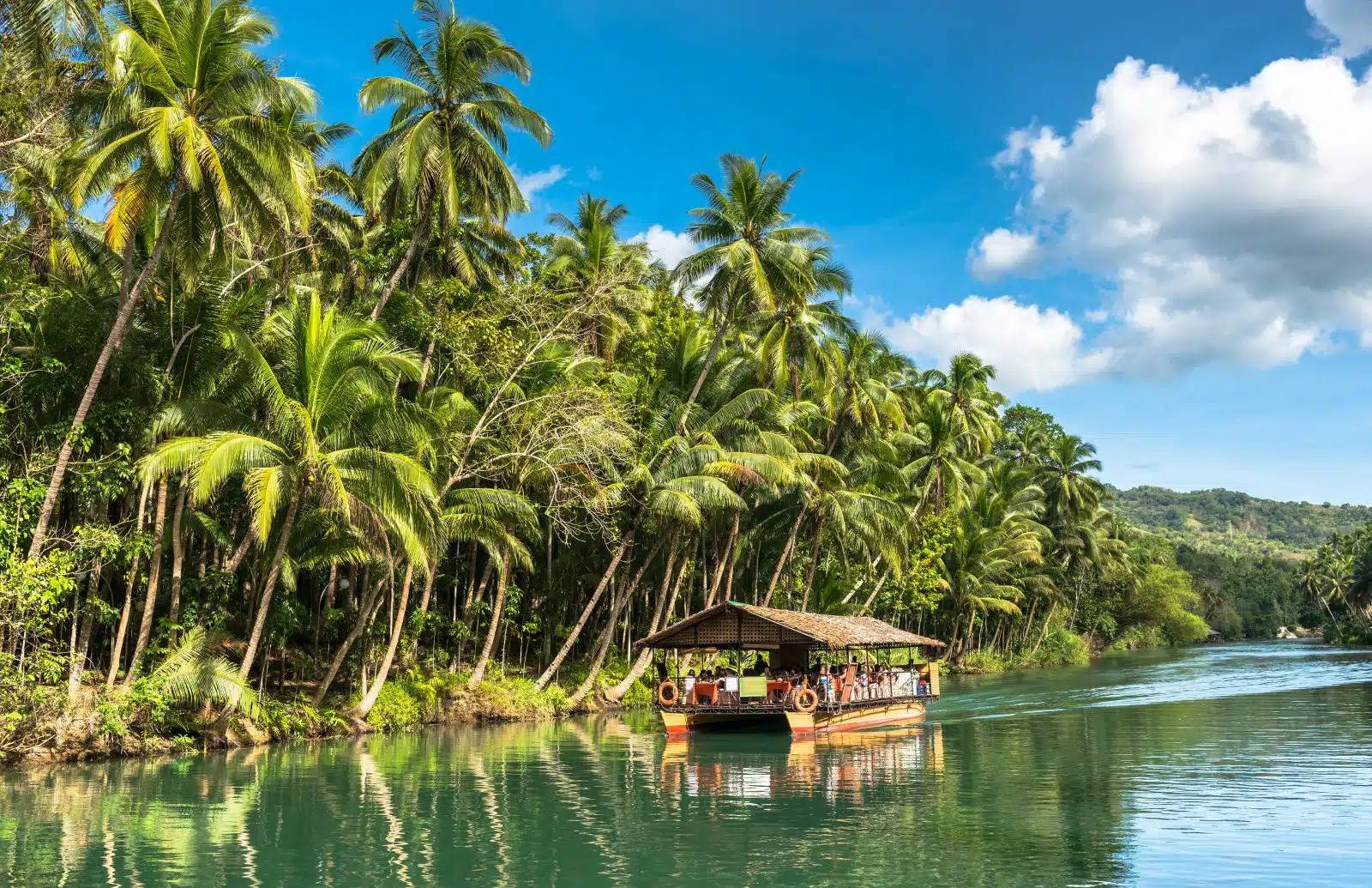
Image Credit: Shutterstock / Maxim Tupikov
Bohol is celebrated for its geological formations, notably the Chocolate Hills, with over 1,200 symmetrical mounds that turn cocoa-brown in the dry season. The island also features world-class diving sites, pristine beaches, and the Loboc River, offering a serene river cruise experience. A visit to Bohol is incomplete without seeing the Philippine tarsier, one of the world’s smallest primates, in its natural habitat.
Insider’s Tip: For an off-the-beaten-path experience, explore the Anda Peninsula, where you’ll find unspoiled beaches and excellent diving spots without the crowds. Additionally, engage with local conservation efforts to learn about and contribute to the preservation of the tarsier and Bohol’s natural landscapes.
When to Travel: Similar to other destinations in the Philippines, the dry season from November to May is the ideal time to visit Bohol for favorable weather conditions.
How to Get There: Bohol is accessible via ferry from Cebu City, which takes about two hours. Tagbilaran Airport also serves direct flights from Manila and other Philippine cities, providing an alternative route to the island.
6. Negros
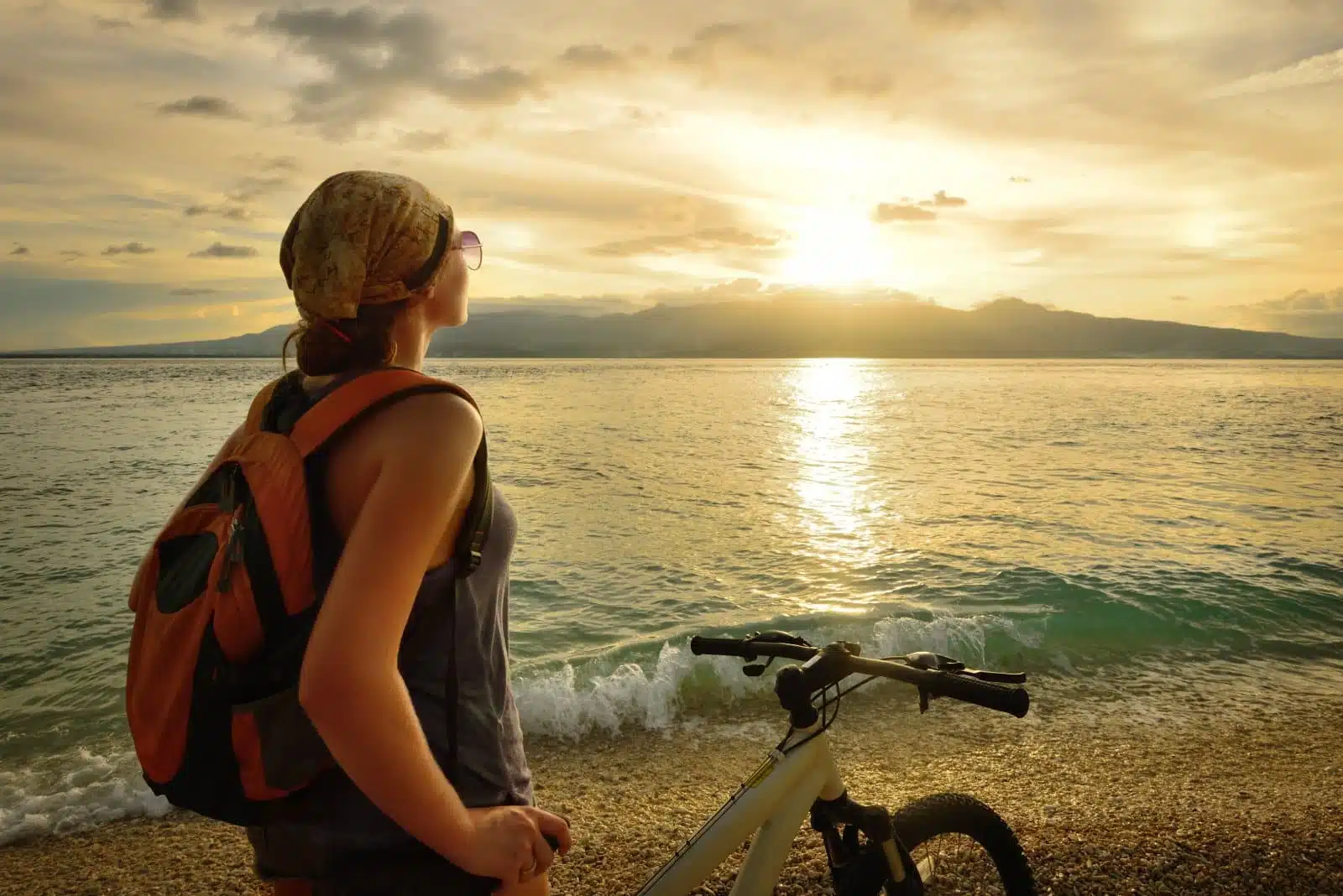
Image Credit: Shutterstock / soft_light
Negros, divided into Oriental and Occidental provinces, is known as the “Sugar Bowl of the Philippines” due to its vast sugarcane fields. Beyond its sweet produce, Negros offers diverse attractions, from the vibrant MassKara Festival in Bacolod to the serene beauty of Apo Island, a marine sanctuary home to vibrant coral reefs and a variety of marine species, making it a paradise for divers and snorkelers.
Insider’s Tip: Explore the island’s rich cultural heritage by visiting old haciendas and museums. For adventure seekers, the volcanic Mount Kanlaon offers trekking opportunities with panoramic views of the island.
When to Travel: The best time to visit Negros is from December to May, avoiding the rainy season to make the most of outdoor and cultural activities. The MassKara Festival in October is also a great time to experience the local culture and festivities.
How to Get There: Both Negros Oriental and Occidental are accessible by air, with airports in Dumaguete and Bacolod offering flights from major cities in the Philippines. Ferries and roll-on/roll-off (RORO) services also connect Negros to neighboring islands.
7. Batanes
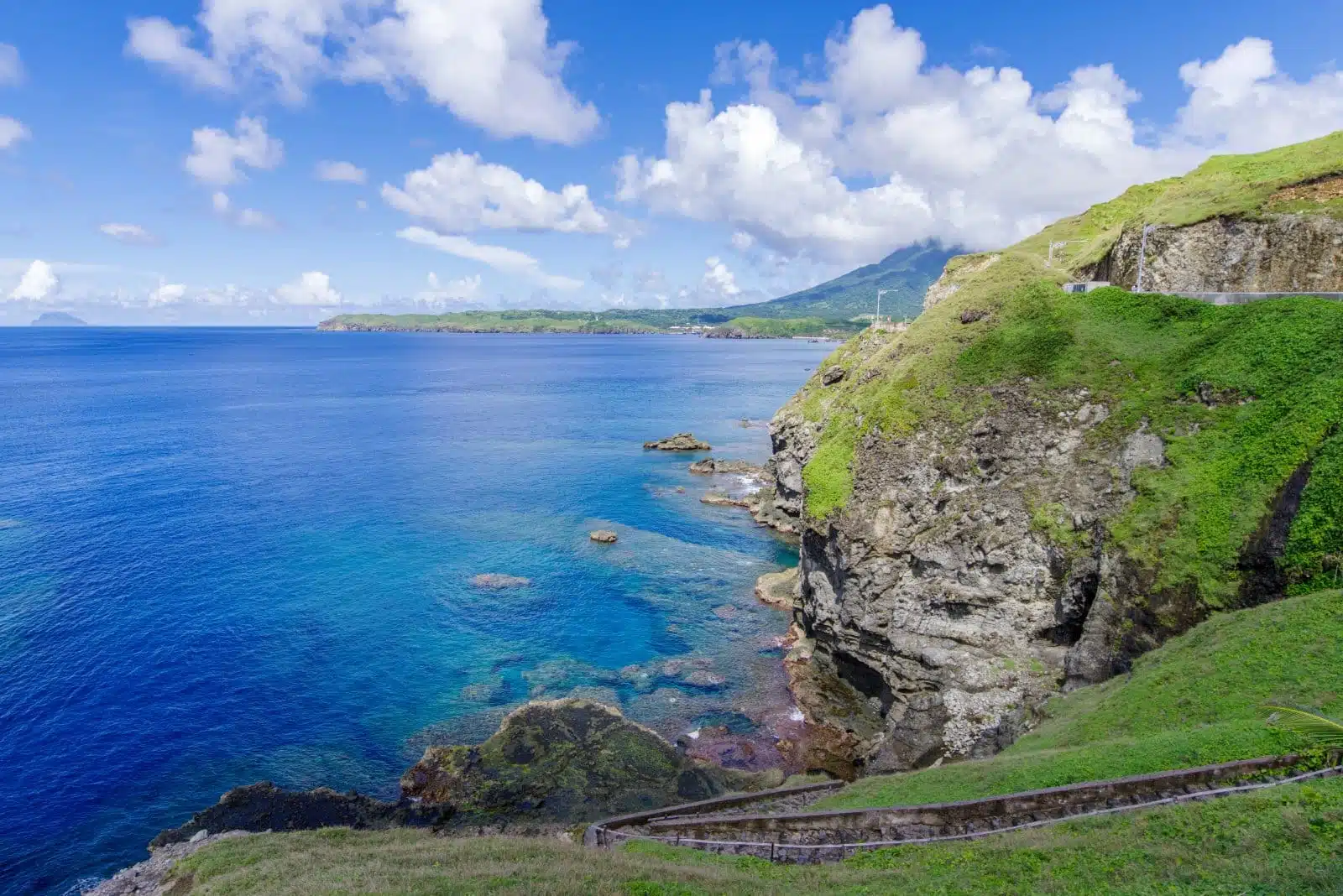
Image Credit: Shutterstock / Kim David
Batanes, the northernmost province of the Philippines, is a breathtaking archipelago known for its rugged terrain, traditional Ivatan stone houses, and the Pacific Ocean’s vast expanse. Its remote location contributes to its preserved beauty and culture, offering a tranquil escape from the hustle and bustle of city life. Attractions include the rolling hills of Batan Island, the lighthouses dotting the landscape, and the prehistoric settlement in the UNESCO-listed site of Valugan Boulder Beach.
Insider’s Tip: Engage with the local Ivatan community to learn about their unique way of life, traditions, and sustainable practices. Early mornings in Batanes are magical, offering serene landscapes and the best light for photography enthusiasts.
When to Travel: The best time to visit Batanes is during the dry season, from March to June, when the weather is most favorable for exploring the outdoors. However, be prepared for occasional rain showers, as the weather can be unpredictable.
How to Get There: Direct flights to Basco, the capital of Batanes, are available from Manila. The flight offers stunning aerial views of the archipelago, setting the tone for your visit.
8. Mindoro
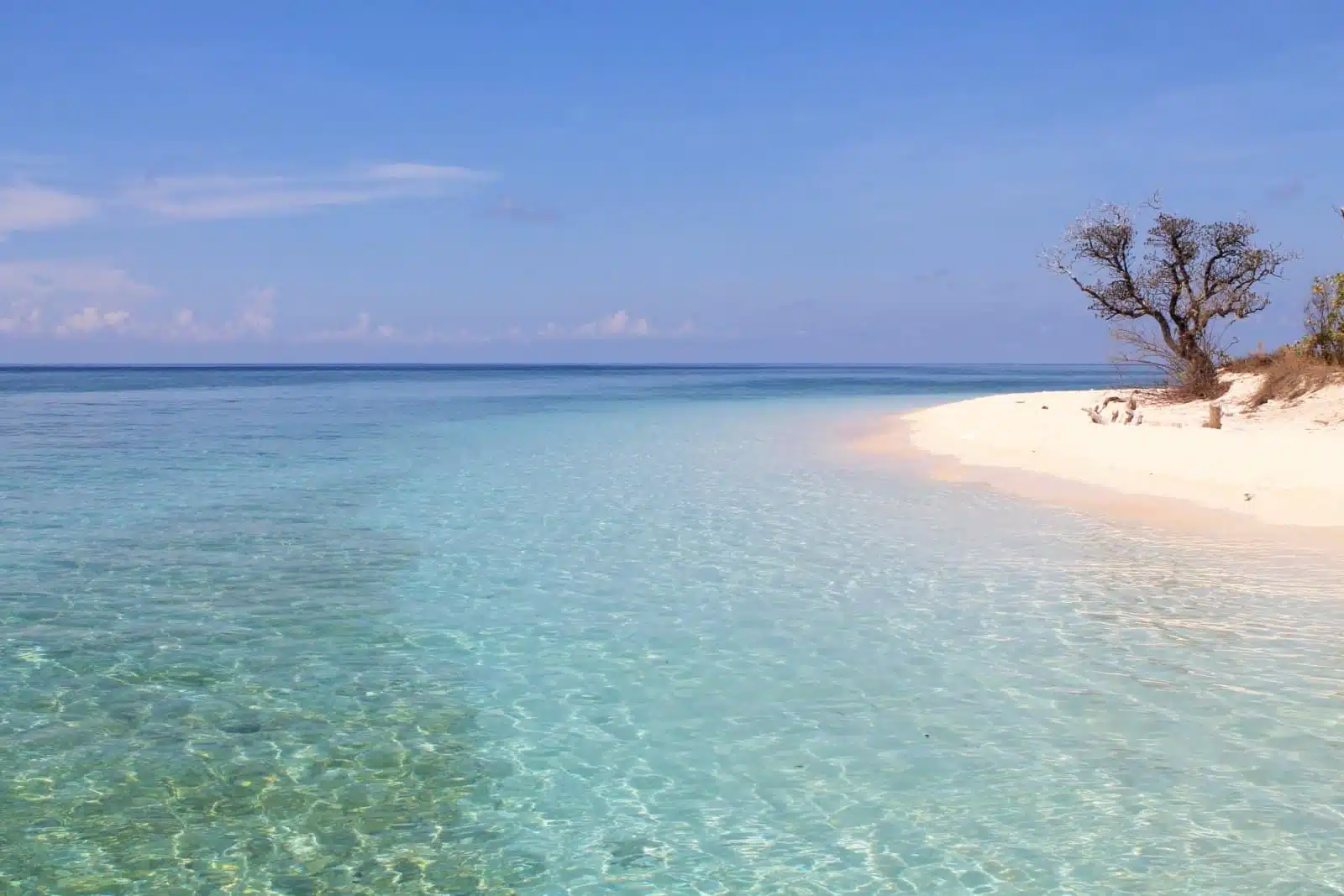
Image Credit: Shutterstock / excursionista.net
Mindoro is split into two provinces, Oriental and Occidental, and is famous for its diving spots, particularly around Puerto Galera in Oriental Mindoro, which is part of the Verde Island Passage, one of the most biodiverse marine corridors in the world. Apart from its underwater allure, Mindoro boasts beautiful beaches, hidden waterfalls, and indigenous Mangyan villages, offering a glimpse into the island’s rich cultural tapestry.
Insider’s Tip: For those seeking a more adventurous underwater experience, Apo Reef in Occidental Mindoro offers some of the best diving in the Philippines, with its vibrant coral gardens and abundant marine life. Ensure to respect marine life and follow eco-friendly diving practices.
When to Travel: The best time for diving in Mindoro is during the dry season, from November to May, when visibility is at its best, and the seas are calm.
How to Get There: Puerto Galera is easily accessible by boat from Batangas City, which is a 2-hour bus ride from Manila. Direct flights to San Jose and subsequent boat transfers are available for Apo Reef and other parts of Occidental Mindoro.
9. Camiguin
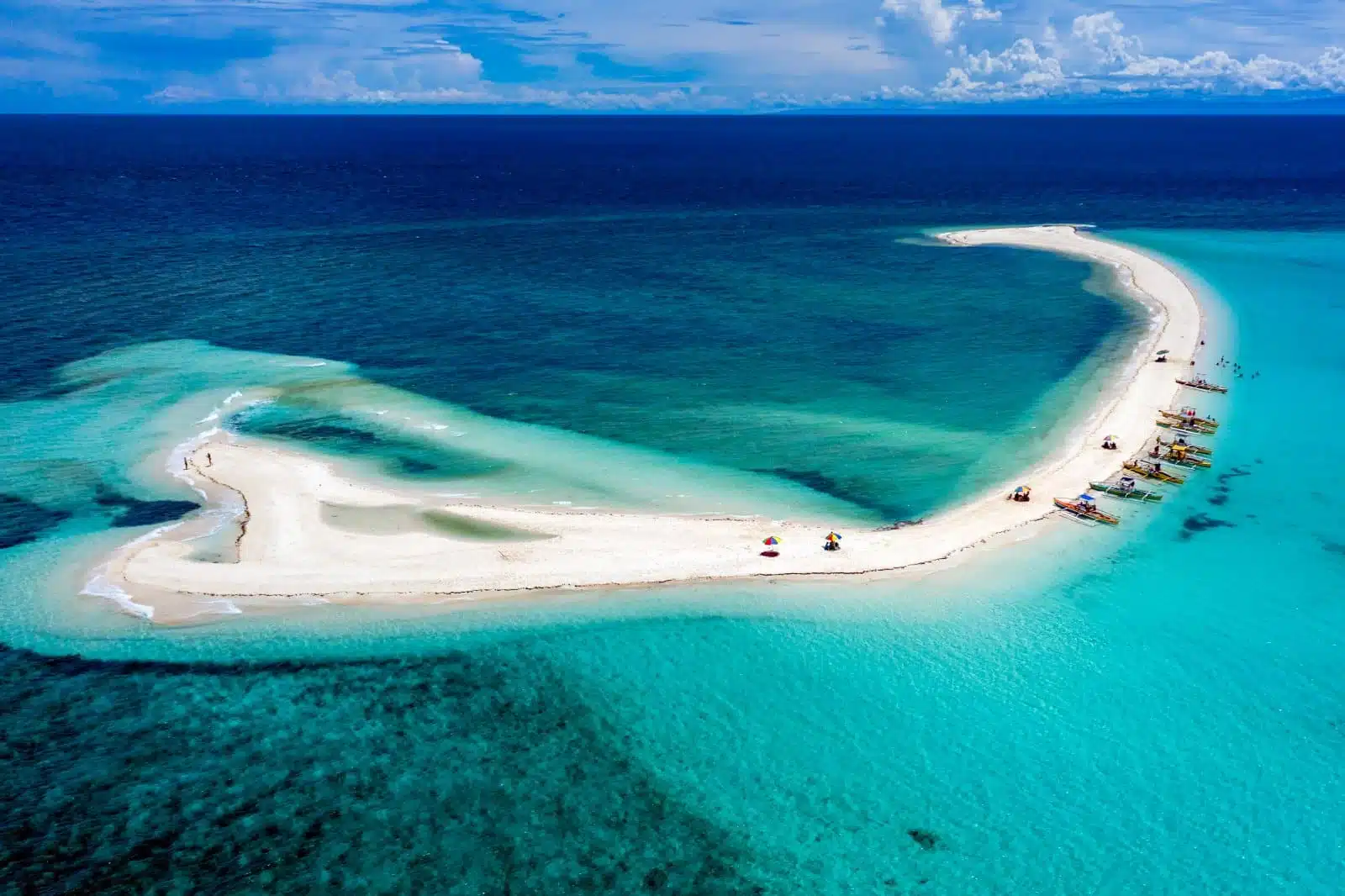
Image Credit: Shutterstock / Richard Whitcombe
Camiguin, known as the “Island Born of Fire,” is a geological wonder with seven volcanoes, including the still-active Mount Hibok-Hibok. This small island offers a variety of natural attractions, from hot springs and waterfalls to the sunken cemetery, a unique dive site marked by a large cross. Camiguin’s Lanzones Festival celebrates the harvest of its most famous fruit, providing a vibrant cultural experience for visitors.
Insider’s Tip: Take the opportunity to hike Mount Hibok-Hibok for a challenging yet rewarding experience, offering panoramic views of the island and surrounding sea. Early planning is essential, as permits and a local guide are required for the hike.
When to Travel: The best time to visit Camiguin is during the dry season, from March to June. The Lanzones Festival in October is also an ideal time to experience the island’s rich culture and festivities.
How to Get There: Camiguin is accessible by ferry from Balingoan Port in Misamis Oriental, which is a short bus ride from Cagayan de Oro City. Direct flights from Cebu to Camiguin are also available, offering a quicker option for travelers
10. Siquijor
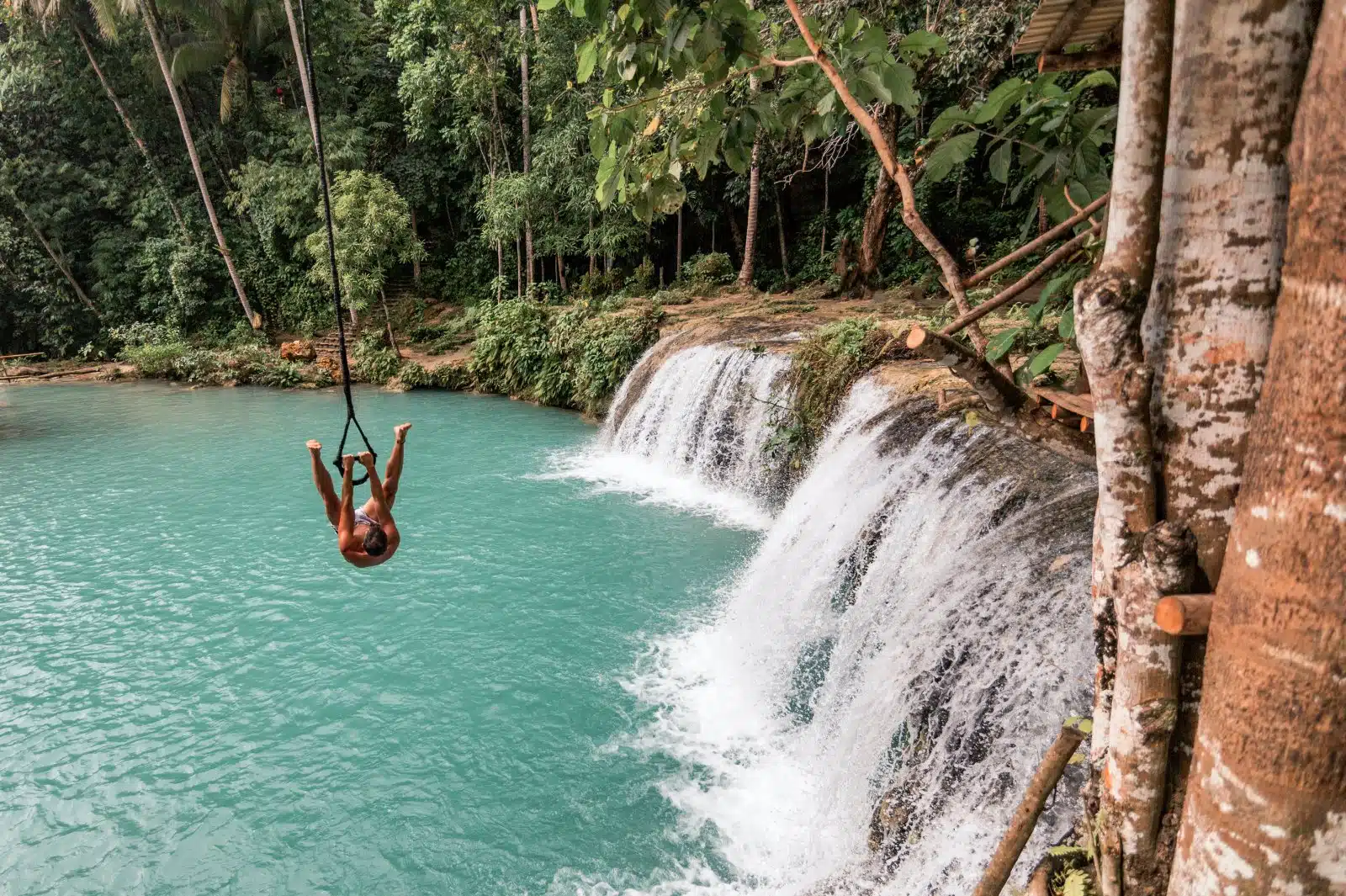
Image Credit: Shutterstock / Daniel Carmona Ruiz
Siquijor, often referred to as the “Mystical Island,” is known for its rich folklore, healers (or “mananambal”), and stunning natural landscapes. This small island paradise features pristine beaches, waterfalls, and the old Balete tree, believed to be enchanted. Siquijor’s tranquil atmosphere and untouched beauty make it a perfect destination for those seeking a peaceful retreat amidst nature.
Insider’s Tip: Take the time to explore the island on a motorbike, allowing you to discover its hidden gems at your own pace. Respect the local customs and traditions, especially when interacting with healers or visiting sacred sites.
When to Travel: The ideal time to visit Siquijor is during the dry season, from November to April, when the weather is conducive to beach activities and exploring the island.
How to Get There: Siquijor is accessible by ferry from Dumaguete City on Negros Island, with multiple daily trips available. The journey offers a scenic route to this enchanting island.
The Bottom Line
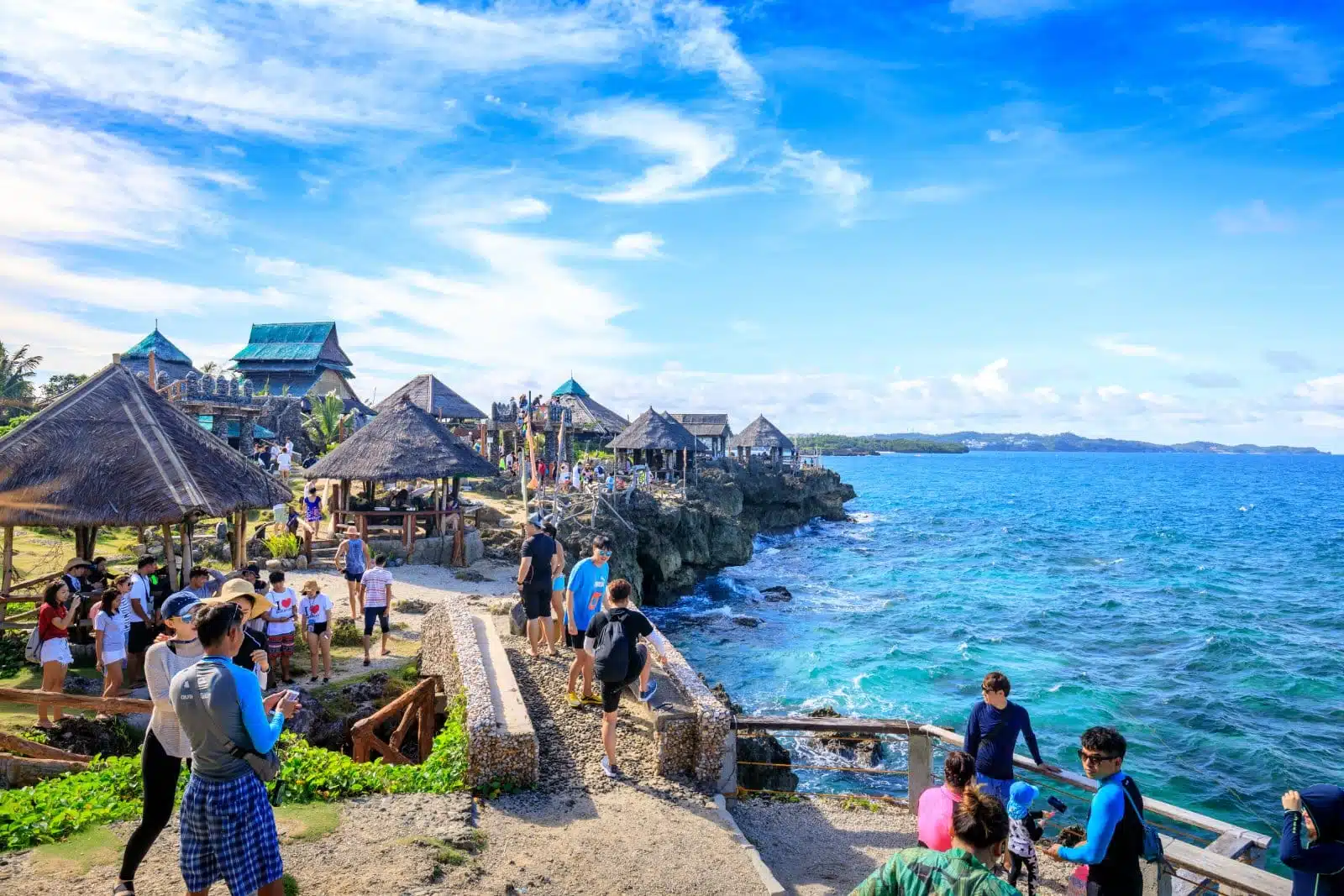
Image Credit: Shutterstock / ARTYOORAN
Island hopping in the Philippines offers an eclectic mix of experiences, from the adrenaline rush of surfing in Siargao to the serene beauty of Batanes and the mystical allure of Siquijor. Each island presents a unique story, a diverse culture, and breathtaking natural landscapes waiting to be explored. Armed with insider tips and practical travel advice, you’re now ready to navigate these islands with the confidence of a local. Embrace the adventure, immerse yourself in the rich Philippine culture, and discover the unparalleled beauty of this Southeast Asian paradise. The Philippines beckons with open arms, inviting you to uncover its secrets and create lasting memories in this land of enchantment.
More From The Green Voyage
Top 10 Trending Travel Destinations 2024
6 Essential Banking Apps for International Travel – Managing Your Finances on the Go
Traveling With Kids – 10 Tips to Create Memorable Family Holidays
The post Ultimate Guide to Island Hopping in the Philippines – Discovering Paradise 2024 first appeared on The Green Voyage.
Featured Image Credit: Shutterstock / FabianIrwin.
For transparency, this content was partly developed with AI assistance and carefully curated by an experienced editor to be informative and ensure accuracy.
Tips for Trip Success
Book Your Flight
Find an inexpensive flight by using Kayak, a favorite of ours because it regularly returns less expensive flight options from a variety of airlines.
Book Your Hotel or Special Accommodation
We are big fans of Booking.com. We like their review system and photos. If we want to see more reviews and additional booking options, we go to Expedia.
You Need Travel Insurance!
Good travel insurance means having total peace of mind. Travel insurance protects you when your medical insurance often will not and better than what you get from your credit card. It will provide comprehensive coverage should you need medical treatment or return to the United States, compensation for trip interruption, baggage loss, and other situations.Find the Perfect Insurance Plan for Your Trip
